ZeroHedge - On a long enough timeline, the survival rate for everyone drops to zero

www.zerohedge.com
Why Wokeness Is Doomed
WEDNESDAY, AUG 10, 2022 - 01:20 PM
Authored by Mark Jeftovic via BombThrower.com,
Four Megatrends of Reality Have Become Impossible To Ignore
What we call “Wokeism” today has its roots in so-called “political correctness” which goes back decades.

It began to accelerate in the early years of the 21st century, and while it was always driven by left-wing, liberal, impulses, who seemed to have the upper hand in culture and media; they still always feigned powerlessness and victimhood. Even in 2012, at possibly the apogee of the Liberal World Order, Paul Krugman wrote, with no sense of irony,
“the big threat to our discourse is right-wing political correctness, which – unlike the liberal version – has lots of power and money behind it. And the goal is very much the kind of thing Orwell tried to convey with his notion of Newspeak: to make it impossible to talk, and possibly even think, about ideas that challenge the established order.“
This victimhood-as-bedrock continues to this day, especially since 2016 when the unthinkable happened. Brexit and Trump (basically, a backlash of populism) precipitated a full fledged psychotic break in the progressive zeitgeist, which until that moment was consolidating its hegemony.
Political correctness metastasized into terminal Wokeness, where all aspects of discourse, popular culture
and even public policy became delineated into whether it meshed well with left-wing sanctimony, or not.
“Wokeness” takes the otherwise noble aspirations of egalitarianism and stewardship and twists them into a dogma that provides a Trojan Horse for despotism. The high priests of this mindset assert total moral authority and claim an elevated consciousness over the infantile, sub-human masses. Especially if those masses live in fly-over country, hold blue-collar jobs or are otherwise un-credentialed and without pedigree.
This
ideology (a word invented by rudderless Jacobins who went to work for Napoleon, helping him consolidate absolute power), translated well into modern times. The “science of ideas” provides the camouflage of choice for the totalitarian impulses of an elite class – increasingly destined for secular, sclerotic decline under the weight of its own corruption, internal contradictions and excess.
For years we (the contrarian, non-compliant “we”, the “racist”, “fringe” we) have been sounding the alarm that the pillars of “Wokethink”, such as “all or nothing”, emotional thinking, catastrophizing
and seven other markers, were highly congruent with
mental illness. Worse
, they are detrimental and destructive to society on a fundamental level.
Where many fear a coming, Davos-inspired technocracy of owning nothing, eating bugs and living in the pod, I think the COVID pandemic created an irreversible phase-shift. Where before we were headed for a totalitarian dystopia that would ultimately fail, but probably last for large swaths of our lifetimes, COVID (more accurately, the overbearing policy response) created an inflection point in history. Several decades of creeping authoritarianism was compressed into eighteen months, and that was Too Much, Too Soon, for everyone.
 Serious question.
Serious question.
My contention is that The Lockdown Era was
the crescendo of Peak Wokeness. Under the guise of a not-so-cataclysmic pandemic, the moralizing and sermonizing reached fever pitch. Wokeness itself degenerated into Mass Formation Psychosis on a global scale.
Only recently, in this year, has
The True Cost of Wokeness begun to make itself apparent:

- Liberal run cities and states across the US are facing mass exoduses of citizens, capital and tax revenue as their socially motivated policies like “defund the police” cause them to descend into chaos and criminality.
- Political leaders everywhere look more out-of-touch than ever as they try to run economies and respond to geo-political events with unhinged platitudes.

The list is endless, growing, and we are just into the early innings.
The Four Megatrends Exposing True Cost of Wokeness
Wokeness as an ideology will fail, it’s just a matter of how much damage will it do to the rest of us before it collapses under its own internal contradictions and failures.
#1 Wokeness is Inherently Unprofitable
The expression “Get Woke, go broke” is more than sardonic wit. It’s a powerful meme that captures the essence of wokenomics’ never-ending failures.
Whether it’s so-called “green energy” sources that have larger carbon footprints than their hydrocarbon or nuclear counter-parts, or Hollywood perpetually losing their shirt on “woke” reboots, politically correct sitcoms or short-lived streaming channels, Wokeness is economically unviable across the board.
View: https://twitter.com/i/status/1534538344255967235
.47 min
Without government subsidies there wouldn’t be a profitable “woke” company anywhere and with governments increasingly teetering on the edge of insolvency,
the money spigot for the platitude industry may be drying up fast.
#2 Conspicuous Hypocrisy of The High Priests of Wokeness
People are getting sick of being told they’re going to own nothing, eat bugs and live in a pod in order to save the climate by people who are flying around in private jets, lounging on super-yachts and
dining on grass fed beef.

It goes beyond self-important celebrities or messianic politicians who flagrantly live a “my rules are for other people” lifestyle. The double-standard is so palpable and abrasive that to ignore it requires hyper-normal rationalizations.
View: https://twitter.com/i/status/1555932961236586499
.22 min
#3 Negative Externalities Are Being Re-shored
If the well-meaning rank-and-file of the social justice warriors were right about anything, it’s that the global economic system has been rigged. Since at least the onset Bretton-Woods Era the developed, industrial nations in orbit around the USA have been able to externalize their negatives to the rest of the world (inflation, conquest, etc) while leaching everybody else’s wealth and natural resources.
This was “
the exorbitant privilege” of running the world’s reserve currency. But once the anchor to gold was severed in ’71, it began an inexorable process of what people like Michael Greer call “
catabolic collapse“.
The perimeter of the economic leaching began to contract. Once the 80’s or so hit, began to hollow out the homelands of the developed countries themselves.
We can see this dynamic when we look at how GDP diverged from median earnings. If the working class didn’t really participate in the GDP gains, who did?
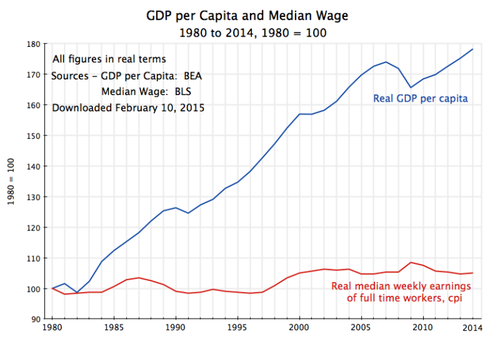
This chart
from a former Chief Economist at the World Bank Group isn’t fully current, but if anything, the trends
accelerated after 2015.
The table showing the stratification of wage growth does capture 2022 and we see what’s happening quite starkly:
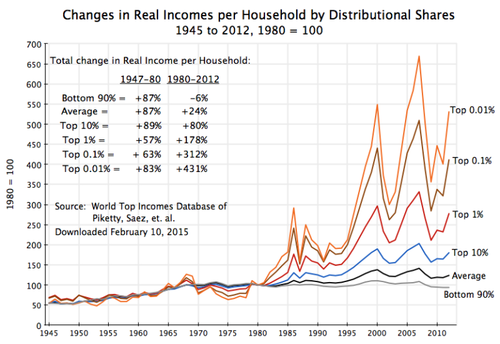
He’s using data from Thomas Pikkety, who often argues for redistribution schemes I oppose, but mainly for the reason that I don’t trust policy makers to distribute
anything effectively, let alone redistribute other people’s wealth.
But the point is clear, the globalist financial system
is “structurally unjust”.
However this is not, as the social justice warriors believe, because of systemic racism, or the patriarchy. It’s because of a deeply flawed (rigged) financial system that enables aristocratic elites to print value ex nihilo, and then distribute it to their Cantillionaire cronies. As everybody should know by now,
the Cantillon Effect provides benefit from newly printed money for the insiders, before it turns into inflationary cost-of-living increases for everybody else.

The Cantillon Effect
Since The Lockdown Era (which is now being opportunistically pivoted into intensified climate hysteria), this dynamic has only intensified to blow-off top levels. We can see this in the trajectory of M2 money supply:

Before the fiat currency era started, this economic leaching could work when its effects were largely externalized to far off shores, where it could be dolled up under the rubrics of “spreading democracy” and “economic development”.
But now that the fiat currency system is eating itself (too much debt, not enough actual productivity, supply chain failures), that thin scab of elites that sits atop the global cap table now needs to somehow convince the rabble that the most important thing in the world right now is for everybody (
else) to drastically ratchet down their standard of living.
Wokeness looked perfect for this, except for one last problem:
#4 Wokeness is Inherently Self-Destructive
Once catabolic collapse had already started in earnest, it hit a disorderly phase transition in COVID. The legacy of that chapter in recent history has been so defined by failure that a crisis in legitimacy has set in.
This has left policy-makers no choice but to double-down. Globalists had to resort to a more intense, emotionally charged zeitgeist that justifies running the rigged tables at much closer quarters: the ESG movement was elevated to primacy.
This is now resulting in self-induced energy crises, supply chains seizing up, and if
this new obsession on demonizing fertilizer goes well (for policy makers), global famine.
Rationalizations about climate emergencies aside, the underlying reality is that we’re in a genuine Austrian-school style crack-up boom. The global elites are facing a crisis in credibility and desperate to ensure that they get to stay in charge after the whole system derails.
It bears repeating: globalism, as exemplified by the likes of
the World Economic Forum is essentially a Malthusian and Marxist philosophy. The reality behind all forms of
collectivism is that collectivists create inclusive-sounding mythologies that are really intended to apply to everybody
else, not themselves.
The consequences of Woke-ism manifest in absurd policies that lead to self-destruction. When everything is politicized, it becomes impossible to correct a bad trajectory. If undoing previous policy errors means abandoning core tenets of the ideology, the policy makers will choose destruction instead. Anything is better than loss of credibility, especially it’s only the rabble that has to bear the consequences for the policy-makers’ failures.
Here we arrive at why Woke-ism is ultimately doomed, because one of its own internal contradictions is a glaring example of creating its own headwinds:
The COVID pandemic was politicized beyond any rationality, and the Woke are now fully committed to a course of action that could result in incalculable damage to themselves and the public. Where vaccine uptake is plummeting among the normies, (people who aren’t ideologically
committed to COVID), the most devoted, brainwashed Covidians are continuing with rabid adherence to COVID as a
religion: including a
desire for lockdowns, the more masks the better, and a regimen of never-ending boosters.
For the longest time I thought the people who were talking in terms of “Nuremberg 2” and “tribunals” were, in word, unhinged.
But when you look at official, vetted data, there is no sugar coating it. The same way
I became a lockdown skeptic by tracking the government supplied numbers, and I knew by June 2020 that COVID was not an existential threat. In this case
the data coming out from official vacine injury databases is painting just as stark a contrast between reality and official narrative:
 Via Senator Ron Johnson (R-WI) with data sourced from CDC VAERS and FDA FAERS databases
Via Senator Ron Johnson (R-WI) with data sourced from CDC VAERS and FDA FAERS databases
Somewhere along the line, “safe and effective” turned into “sudden and unexpected”.
Even if the economic and reality-based failures we’ve mentioned so far were not enough to put an end to this, the Woke have gone too far with hard-line vaccine policies. Too much, too young in this case. Trying to jab children being the line in the sand for many adults.
I take no joy nor solace in pointing out that since the woke are truly committed to these vaccines, they may actually
be thinning themselves out as the data and evidence continues to mount that the probability of an adverse affect from the “cure” may exceed the risk of dying from the disease itself, at least for adults under the age of 70
and especially in children.
The public is catching on: despite the best efforts of the mainstream media to demonize people asking questions about this as “anti-vaxxers” and Big Tech duly co-operating through concerted deplatforming, public compliance is rapidly dwindling (and the most boosted people among us keep catching COVID).
In Canada, where 81% of the population received two doses in order to be deemed “fully vaccinated”, we have the lowest uptake of boosters throughout the entire G7. This despite Health Canada’s declared intention to move the goalposts such that Canadians
would be required to get boosted every nine months.
That won’t happen, and the only people who will comply going forward are the über-woke…
It’s
a parody account, but it
is hard to tell these days.
 These four super-trends are converging to create a zeitgeist saturated with hyper-normality and failure.
These four super-trends are converging to create a zeitgeist saturated with hyper-normality and failure. As The True Cost of Wokeness plays itself out with accelerating consequences, the logical conclusion is that it will be abandoned en masse by a disgruntled populace feeling increasingly betrayed.
















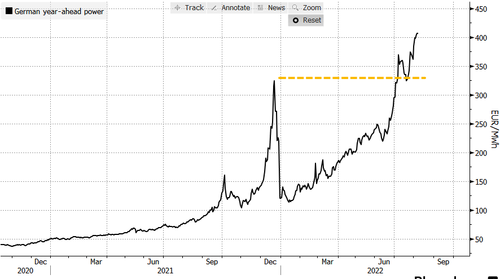

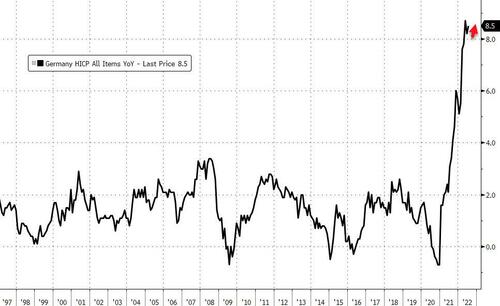



 VN) has made the same commitment. Devon CEO, Rick Muncrief noted in a
VN) has made the same commitment. Devon CEO, Rick Muncrief noted in a 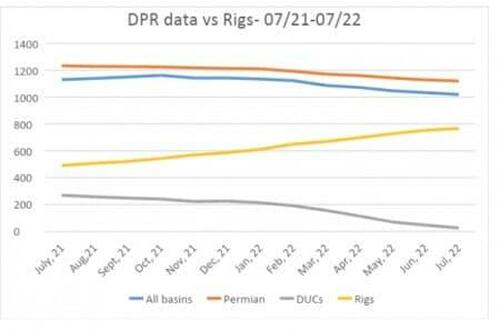
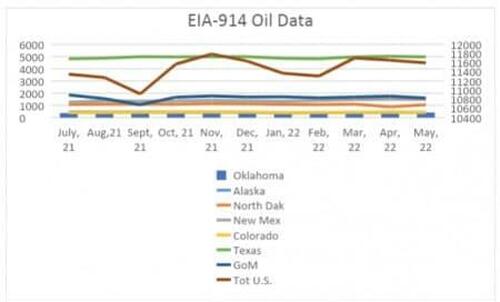
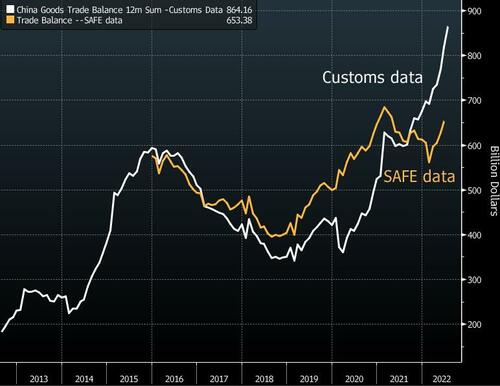











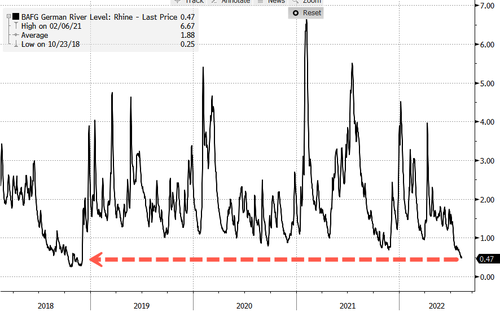

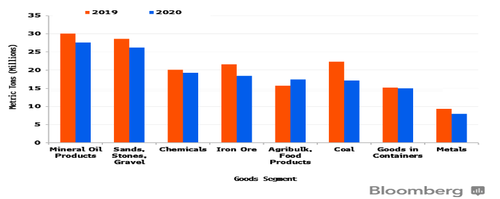


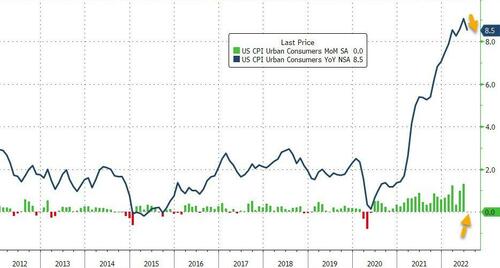

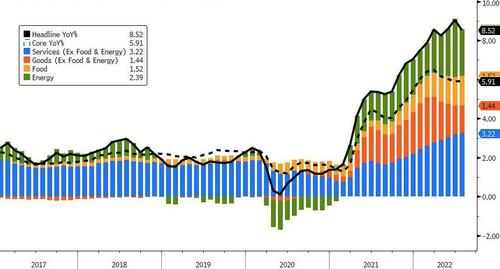

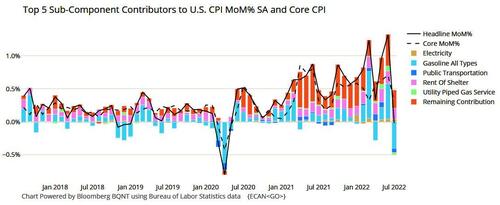
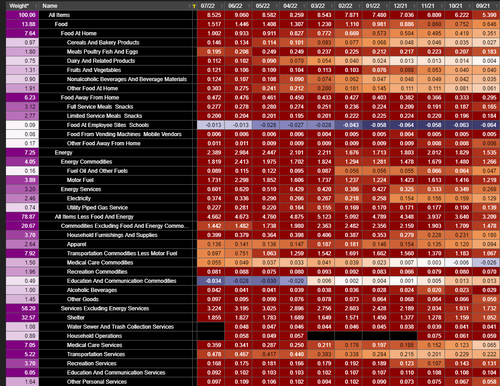

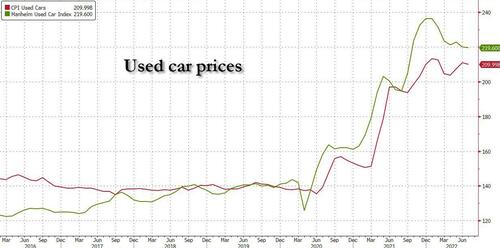
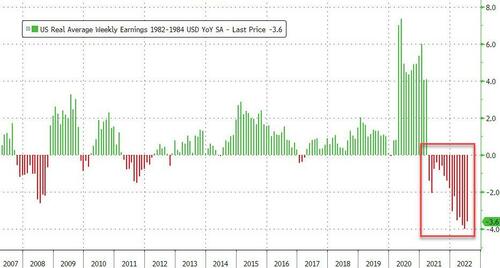

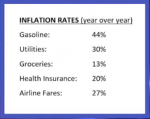



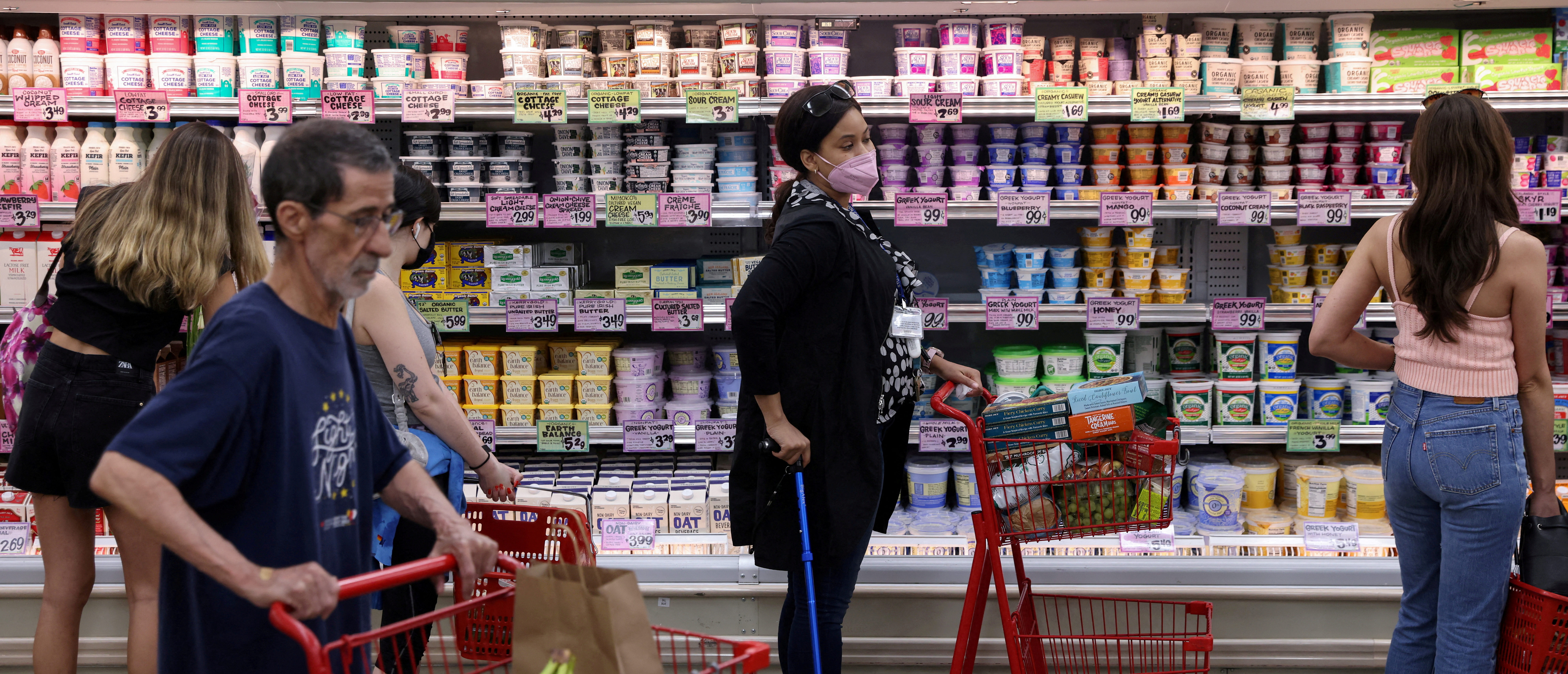

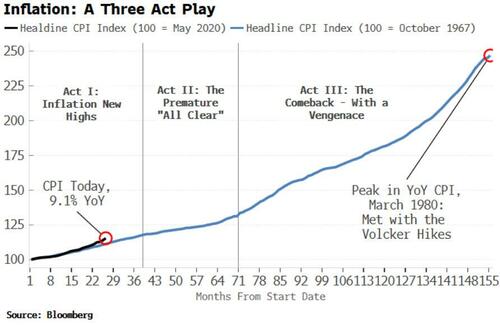

 A look at one user's Ring event database (via
A look at one user's Ring event database (via 

